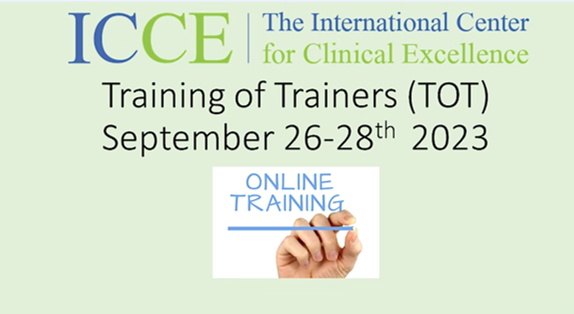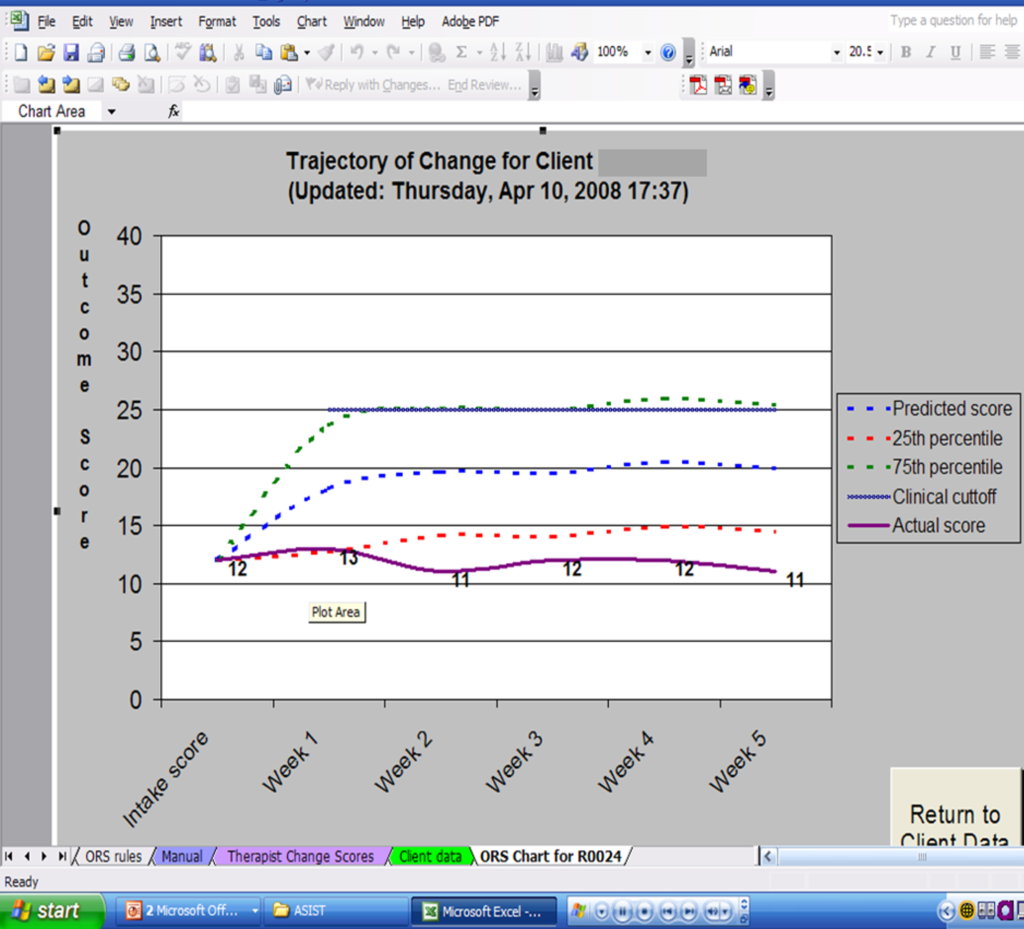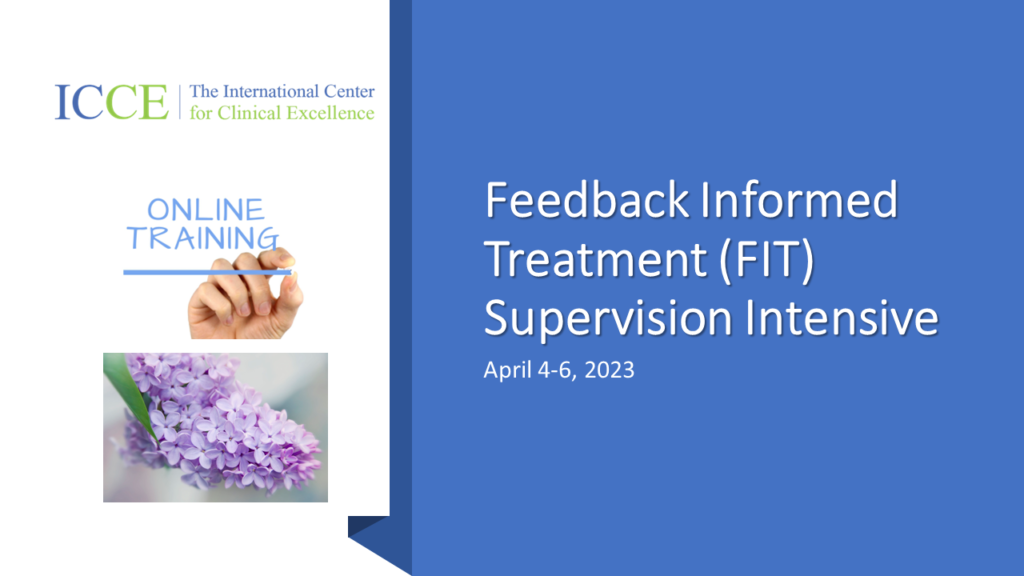
“It is an uncomfortable fact,” observes physician John Birkmeyer in Lancet, “that a patient’s odds of undergoing surgery often depend more on where [they] live than on [their] clinical circumstances.” Indeed, studies have consistently shown that the number of tonsillectomies, prostatectomies, hip replacements, hysterectomies, even days spent in hospital, varies between two to twenty fold depending on where a person lives despite demographic similarities and payment systems in different geographic locations.
Travel around a bit and you’ll find a similar pattern in mental health service delivery. Here in the United States, for example, “trauma-informed” care and “trauma-specific” treatments are popular. Elsewhere, not nearly as much. Variations in the popularity of particular treatment approaches are even visible within the US, from coast-to-coast and county-to-county.
What might account for such differences?
Could it be that people in the US are more likely to have suffered trauma than European, Australian, and Asian citizens? Medical research does show, as most might expect, that some variation in the use of specific procedures/approaches (e.g., hip replacement) is attributable to regional disease incidence differences.
Or, could it be that variations in the use of particular treatment approaches reflect differences in the rate of uptake and funding for training in novel and innovative therapeutic methods? Studies from many different countries indicate, for example, that variation is less likely when clinical decisions are constrained to a narrow range of options.
After 33 years in the field, I’ve seen a number of “therapeutic” trends rise and fall in popularity and application. Traveling from one region and country to another, I’ve personally witnessed the diverse ways clinicians and agencies approach their work. Given the documented lack of differential efficacy between approaches, I think its safe to conclude that the variation in use of particular methods has little to do with being more effective or possessing a superior understanding of the human condition or change process.
So, what is it all about? My Australian colleague, Dr. Rob Brock, and I explored the possibilities in a recent conversation about Schema Therapy — an approach that is quite popular in his home country of Australia, but curiously far less so here in the States. Our dialogue shows, I believe, that understanding the why, may help improve the effectiveness of how we work with our clients.
Until next time,
Scott
Scott D. Miller, Ph.D.
Director, International Center for Clinical Excellence
P.S.: Registration is now open for the next FIT Intensive and Training of Trainers. Click here or on either of the images below for more information or to register:






